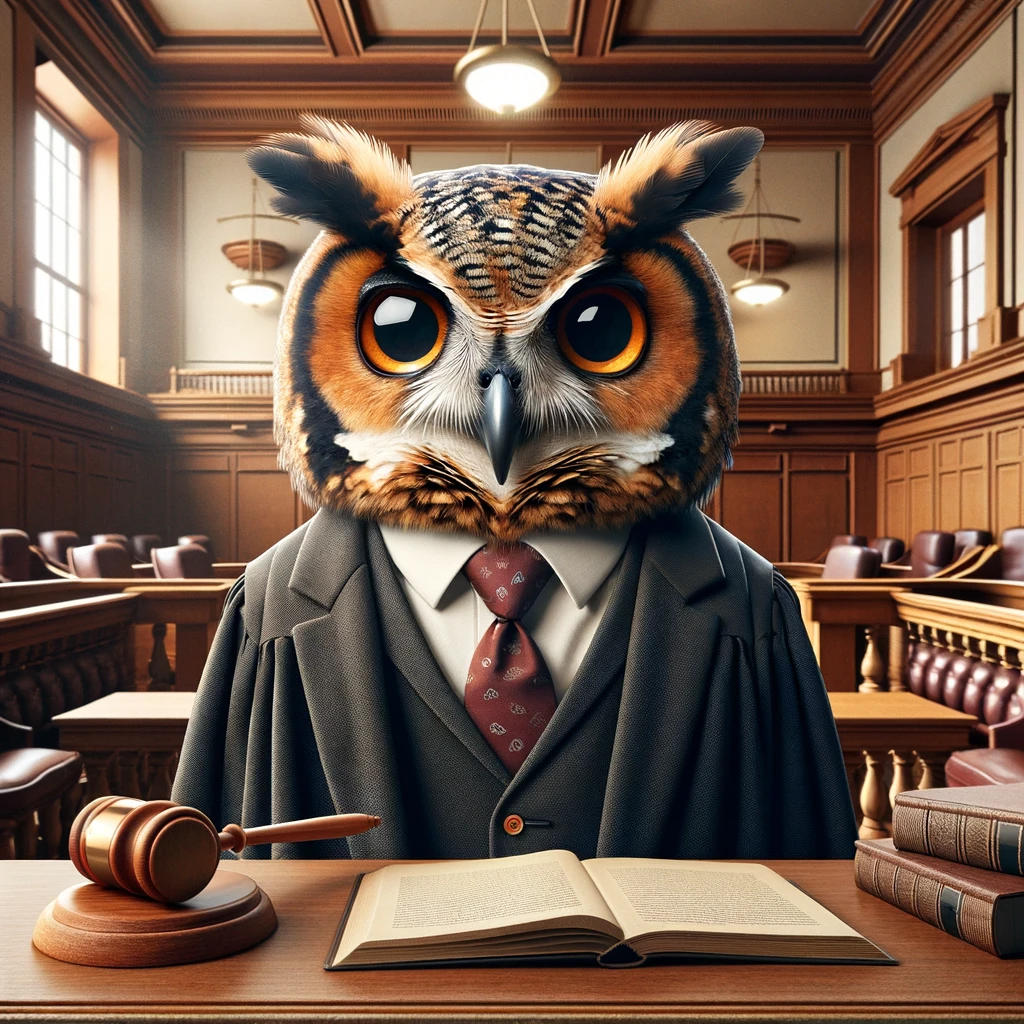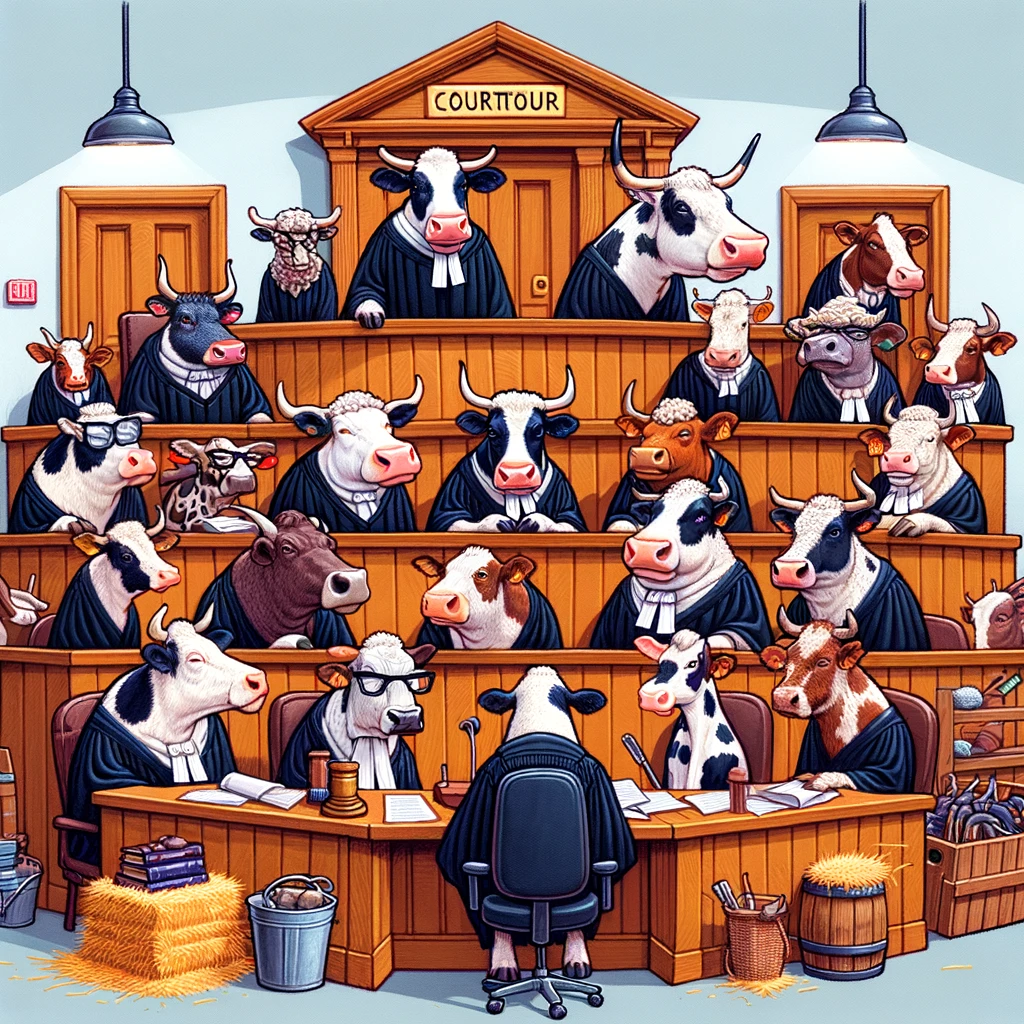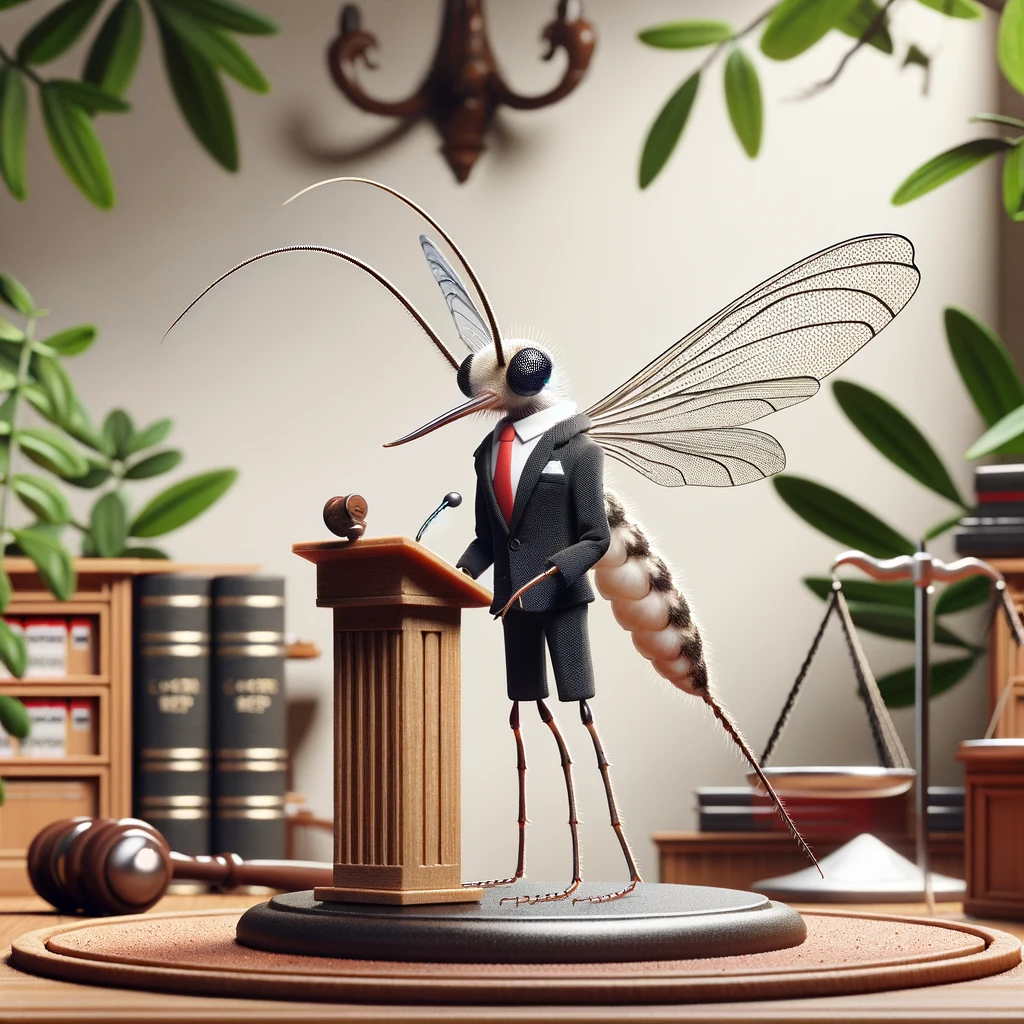The fragmentation of wildlife habitats poses one of the most pressing challenges to biodiversity conservation in the modern era. As human development encroaches on natural landscapes, the creation and preservation of wildlife corridors—strips of habitat that connect otherwise isolated ecosystems—have emerged as a critical tool for maintaining ecological connectivity. These corridors facilitate the movement of species, enabling access to resources, genetic exchange, and adaptation to climate change.

However, the establishment and protection of wildlife corridors require a sophisticated legal framework that balances ecological imperatives with property rights, land use planning, and regulatory compliance. We explore the legal strategies available to advance wildlife corridor conservation, emphasizing the interplay of federal, state, and local laws, as well as innovative policy mechanisms. Read More









